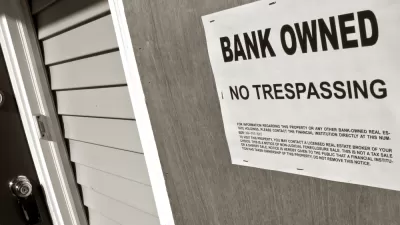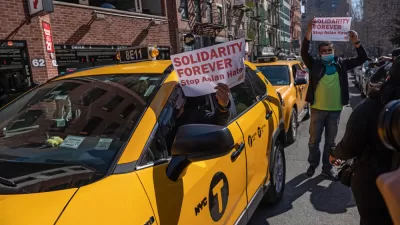The retail component of the mixed-use development business model is expected to face a long, challenging downturn, and developers and designers are looking in other directions to make ends meet in the meantime.

Tom Acitelli reports on the potential of the coronavirus pandemic to shift the market demand for mixed-use developments in U.S. cities:
Mixed-use projects have been a hallmark of the country’s urban renaissance over the past couple of decades. They are often thriving complexes built with an ecosystem of residences, offices, plazas, hotels, shops and restaurants. Developers like them for the scope, and business owners like them for the round-the-clock density of people.
….
But the coronavirus threatens to upend the allure of retail and restaurants in these developments. Safety concerns and a changing patchwork of state and local virus-related regulations have led developers to rethink the layouts and designs of such areas. Ideas coming to the fore could be around for years, or they could start to fade away at the first sign of a coronavirus vaccine.
Acitelli surveys developments and designers for insight into business models and design ideas are being modified in reaction to the ongoing and expected effects of the pandemic.
FULL STORY: Pandemic Threatens to Upend a Thriving Real Estate Model

Maui's Vacation Rental Debate Turns Ugly
Verbal attacks, misinformation campaigns and fistfights plague a high-stakes debate to convert thousands of vacation rentals into long-term housing.

Planetizen Federal Action Tracker
A weekly monitor of how Trump’s orders and actions are impacting planners and planning in America.

In Urban Planning, AI Prompting Could be the New Design Thinking
Creativity has long been key to great urban design. What if we see AI as our new creative partner?

King County Supportive Housing Program Offers Hope for Unhoused Residents
The county is taking a ‘Housing First’ approach that prioritizes getting people into housing, then offering wraparound supportive services.

Researchers Use AI to Get Clearer Picture of US Housing
Analysts are using artificial intelligence to supercharge their research by allowing them to comb through data faster. Though these AI tools can be error prone, they save time and housing researchers are optimistic about the future.

Making Shared Micromobility More Inclusive
Cities and shared mobility system operators can do more to include people with disabilities in planning and operations, per a new report.
Urban Design for Planners 1: Software Tools
This six-course series explores essential urban design concepts using open source software and equips planners with the tools they need to participate fully in the urban design process.
Planning for Universal Design
Learn the tools for implementing Universal Design in planning regulations.
planning NEXT
Appalachian Highlands Housing Partners
Mpact (founded as Rail~Volution)
City of Camden Redevelopment Agency
City of Astoria
City of Portland
City of Laramie





























